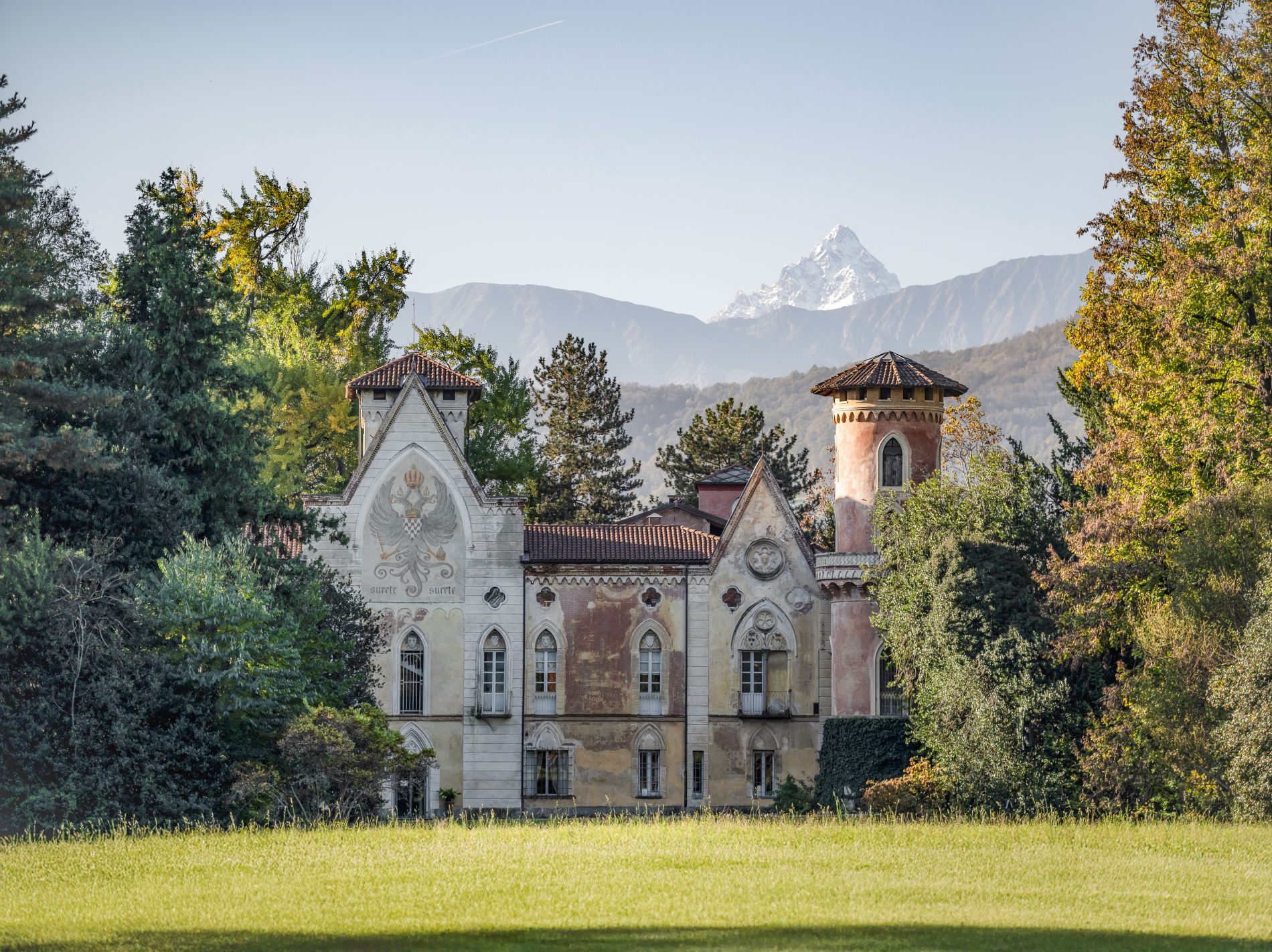All’inizio dell’Ottocento, Elisabetta Ferrero della Marmora decide di trasformare il Giardino. Il progetto viene affidato a Xavier Kurten, il più grande architetto paesaggista del tempo, il primo, in Piemonte, a progettare giardini informali o paesaggistici, detti anche “all’inglese”. Nati sotto l’influenza del Romanticismo, in questi giardini emozione, sorpresa, gusto per la natura incontaminata sostituiscono il rigore geometrico dei giardini formali.
Quando il Parco si amplia, si sviluppa intorno al Grande Prato. In sintonia con i dettami del giardino “all’inglese”, gruppi di alberi e boschetti disegnano scenografie e romantici scorci; le linee sinuose e l’irregolarità suscitano sorpresa e curiosità attraverso effetti scenografici ottenuti con l’accostamento di forme e colori.
Lungo il cammino, come un ideale viaggio tra i continenti, dopo il bellissimo Carpino Monumentale, si incontrano alberi secolari di notevole importanza storica e botanica che provengono da tutto il mondo.
In the early nineteenth century, Elisabetta Ferrero della Marmora decided to transform the gardens. The task was assigned to Xavier Kurten, the greatest landscape architect of the age and the first to bring a new style of garden to Piedmont—the informal or English landscape garden. Heavily influenced by Romanticism, these gardens did away with the architectural symmetry of the formal garden to create an idyllic landscape made of emotion, surprise, and uncontaminated nature.
The expansion of the park revolved around the central Great Lawn. In keeping with the dictates of the English landscape garden, groves of trees and shrubs were used to recreate an idyllic scenery and Romantic vistas, where the sensuous and seemingly spontaneous vegetation elicited surprise and intrigue through the scenographic arrangement of shapes
and colors.
The path through the garden takes us on a journey across the world’s continents, starting from the impressively monumental European hornbeam to other, century-old trees of great
